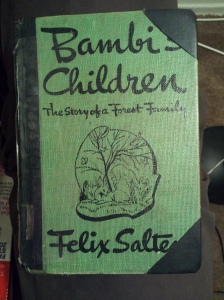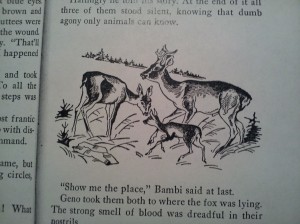Publishers really do listen to readers — because books 2, 3 and 4 of the Claudia mystery series have been digitized!
I’d described Marilyn Todd’s Claudia series in an earlier post. The books, set in early Rome, feature Claudia Seferius, on paper the widow of a wine merchant from the upper class. She has a business to run (and no idea how to manage that task), questionable friends from all strata of society, an annoying nobleman-investigator who’s constantly “interfering” in her life, and a teensy, tiny little gambling problem. Oh, and a tendency to fall, trip or run headlong into murders.
The series was published mostly only in Europe, and it can be difficult to find the books at a reasonable price, particularly the first 9 which were only published in paperback. However, last year I discovered the first book, “I, Claudia,” had been issued in a digital format. I’d only sent off a request for a Kindle version to the publisher every week for the last year! Untreed Reads is bringing the books out in e-pub, Kindle and Nook formats, at last!
Book 2, Virgin Territory, followed a couple of weeks later.
Spoilers below for some elements of the individual books in the series, although I’m only offering brief plot summaries.
Claudia, disconcerted to realize she’s actually expected to run her husband’s wine business, jumps at the opportunity to get out of town and away from her oh-so-onerous business responsibilities. She agrees to accompany a Vestal Virgin back to her family after the completion of thirty-years’ service to the goddess Hestia. After starting the journey, Claudia realizes there’s a little problem — she saw all the Vestals earlier in the season at a major holiday, and the woman she’s traveling with was not one of them. Oh, and she’s fairly certain the fake-priestess is not completely sane. Matters only get more confusing when they reach their destination and Claudia’s companion is recognized, and welcomed, as the daughter they’d sent off to the temple. If she wasn’t serving as a Vestal, just where has the woman been for thirty years? And why are people connected to her childhood suddenly dying? As second books go, it was solidly entertaining, and interesting in that you got a look at elements of Roman society that were not based in Rome itself. I found the twist at the end about the woman’s identity to be a bit unbelievable at first, but realized after a second reading that my assumptions as to the plot’s believability were based on how modern society works — not how a rural farming community without any means of rapid communication would have functioned.
Book 3, Man Eater, followed hard on the heels of Virgin Territory. Claudia just can’t win. She ran away from her business and straight into murder in the second book. Now she races to handle a problem at her business — and runs straight into a murder again. This time we travel to the northern countryside, where Claudia is ambushed and ends up convalescing at a training facility supplying animals to those Roman games on which Claudia just loves to wager. The characters, the facility — even some of the sub-plots, they all reminded me of old black-and-white mystery movies, where everyone had dark secrets and any one of the characters could have been the murderer, but in the end, the resolution of the mystery was so apparent that you could not believe you hadn’t figured it out earlier. Overall, well-plotted, lots of action, and another glimpse into a Roman world we’d rarely seen before Gladiator.
And now I’ve bought Book 4, Wolf Whistle, where Claudia has to confront memories of her real earlier life when her good deed of rescuing a street urchin rewards her with a serial murderer, thugs running a slavery ring, and the ever-more-persistently determined-to-save-her-from-herself Marcus Orbilio. By this point, if I were Claudia, I’d have sold the wine business and emigrated to the furthest country outside Roman’s empire. I plan to read this treat this weekend.
Overall, the books thus far have lived up to my memory of them — good plots; interesting characterizations; a heroine (if Claudia lets you call her that!) who’s funny, abrasive, determined, arrogant and desperate to ignore her impulses toward caring for others; and glimpses of everyday Roman life, not just the historic events we see in blockbuster movies.
Now I’m off to harangue the publisher to bring the rest of the series out. I can’t wait to get to books 6-9 which I never got to read!

